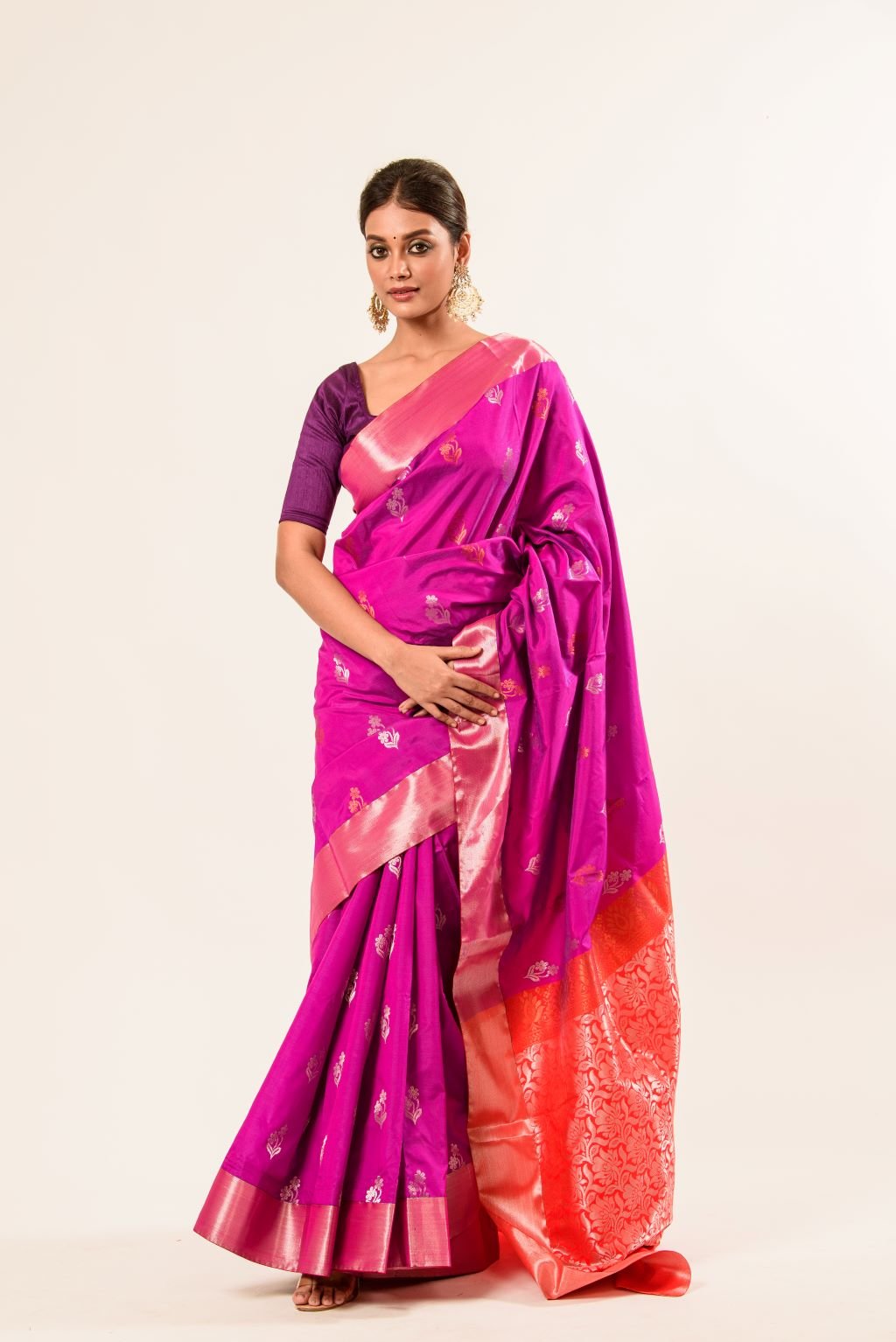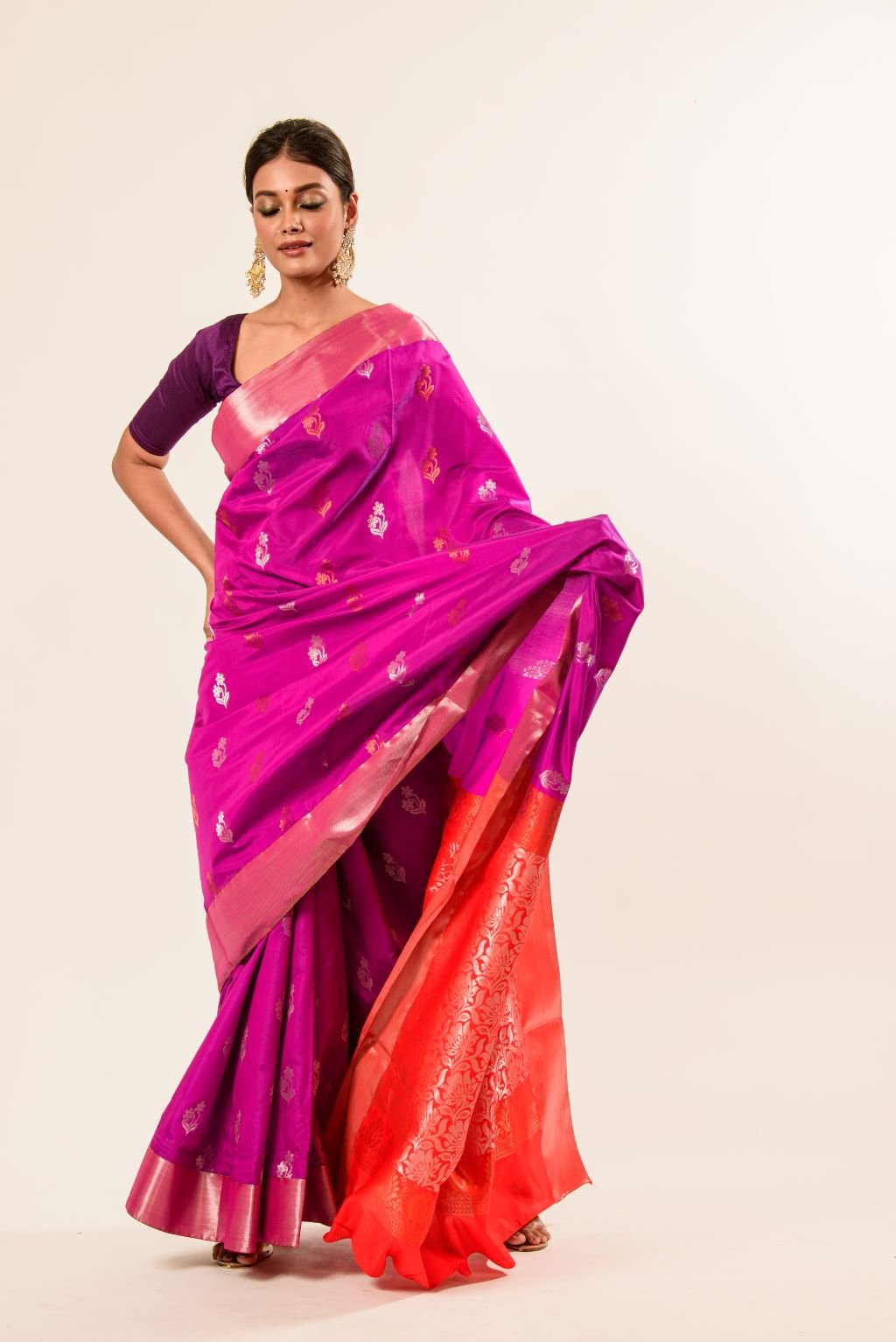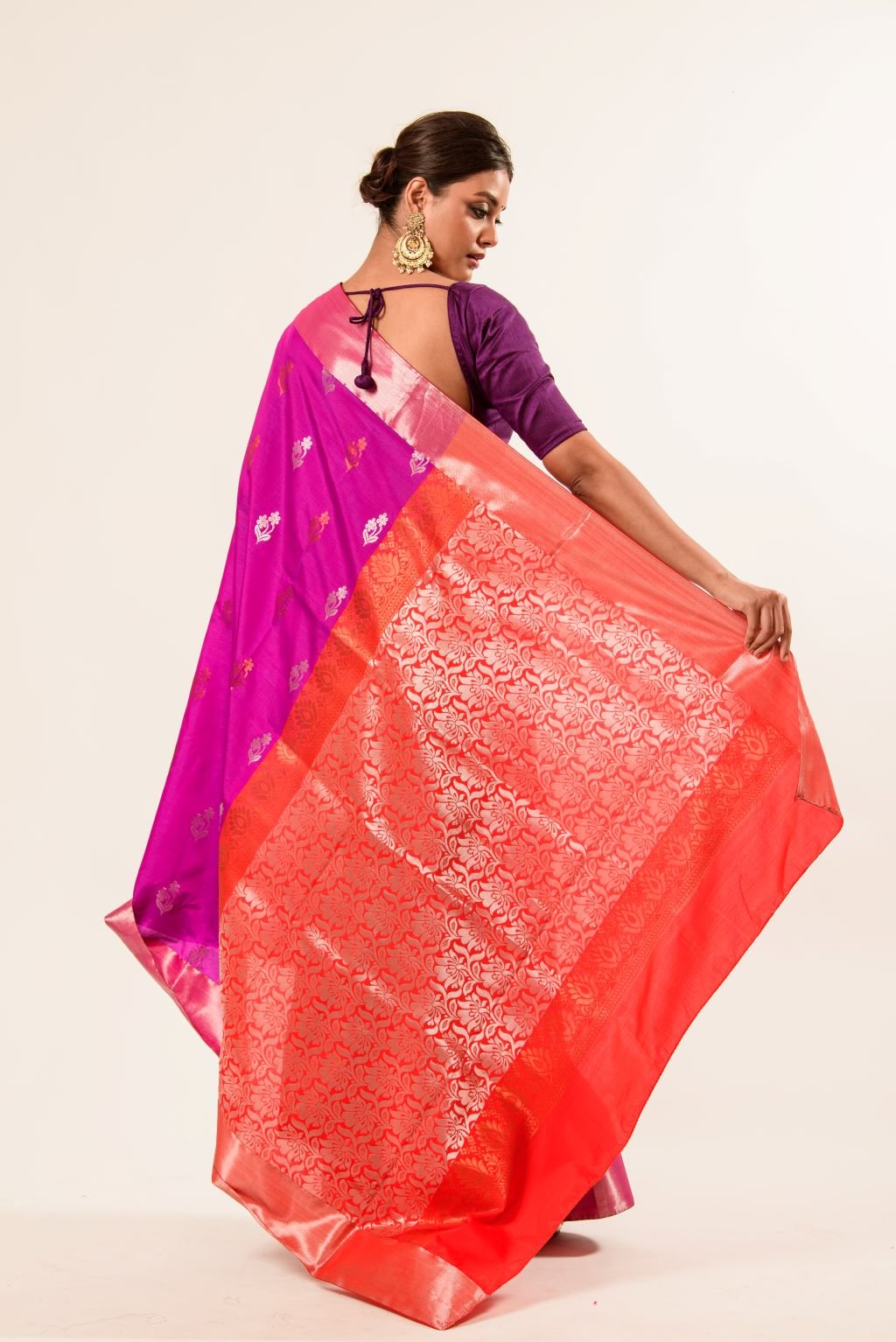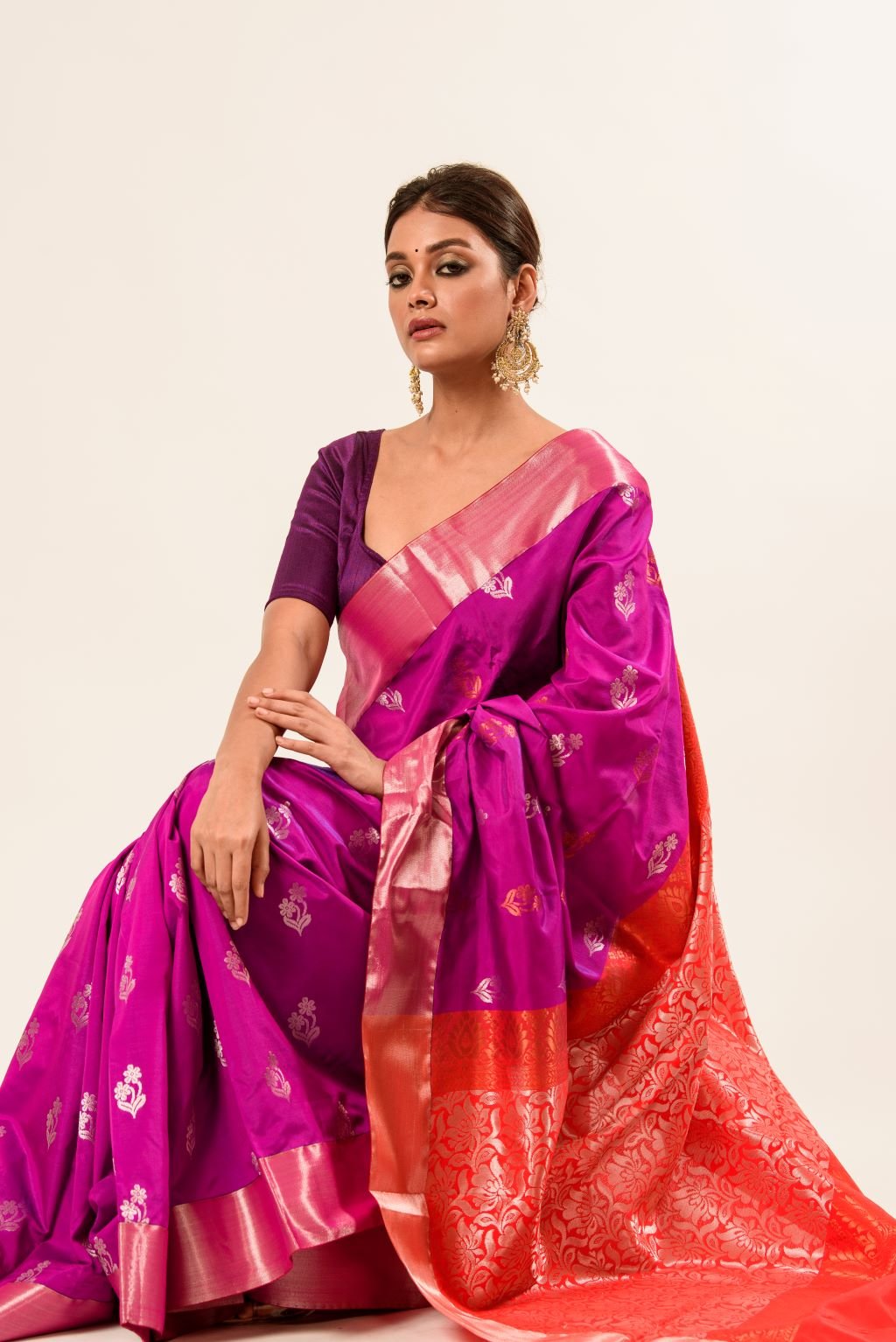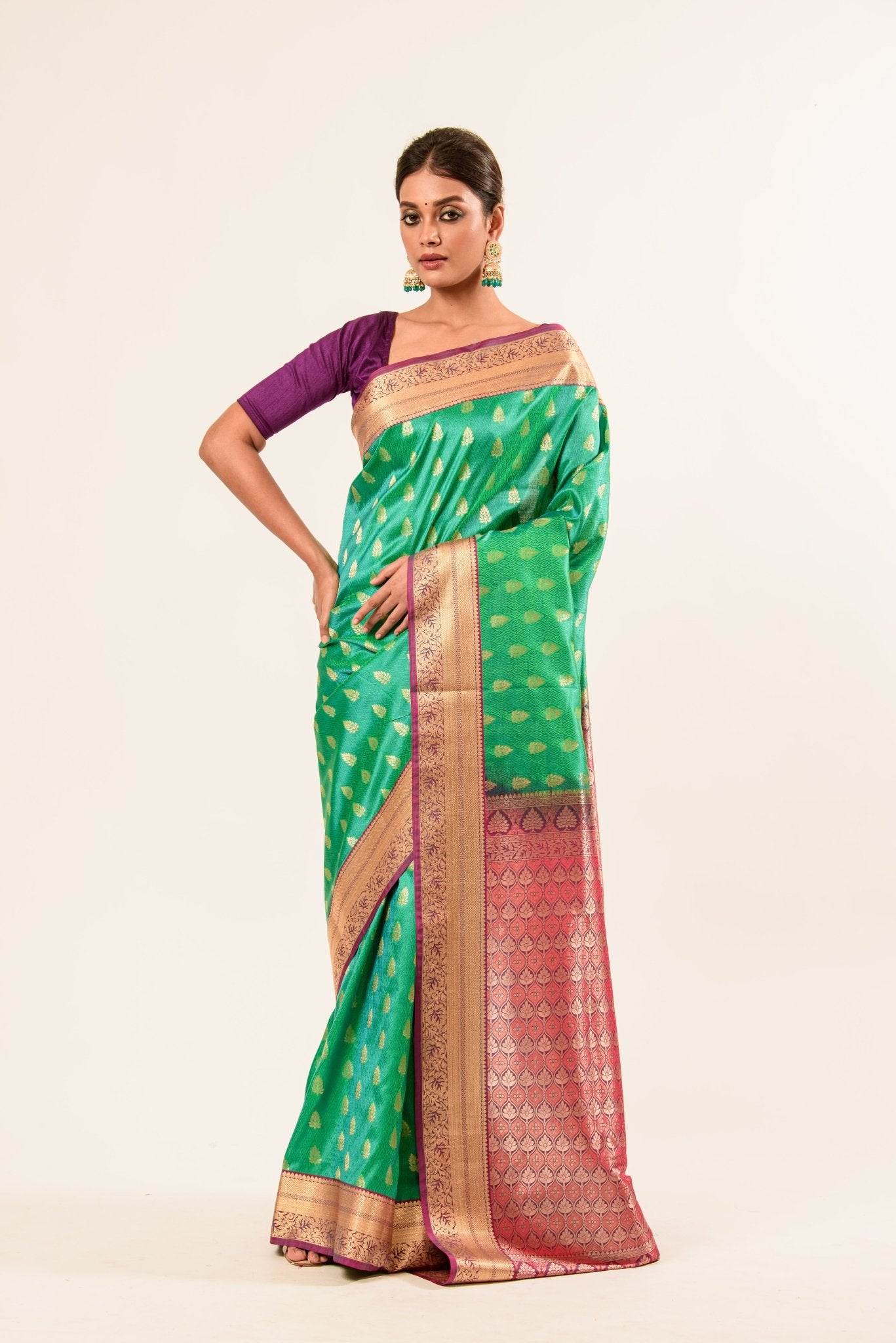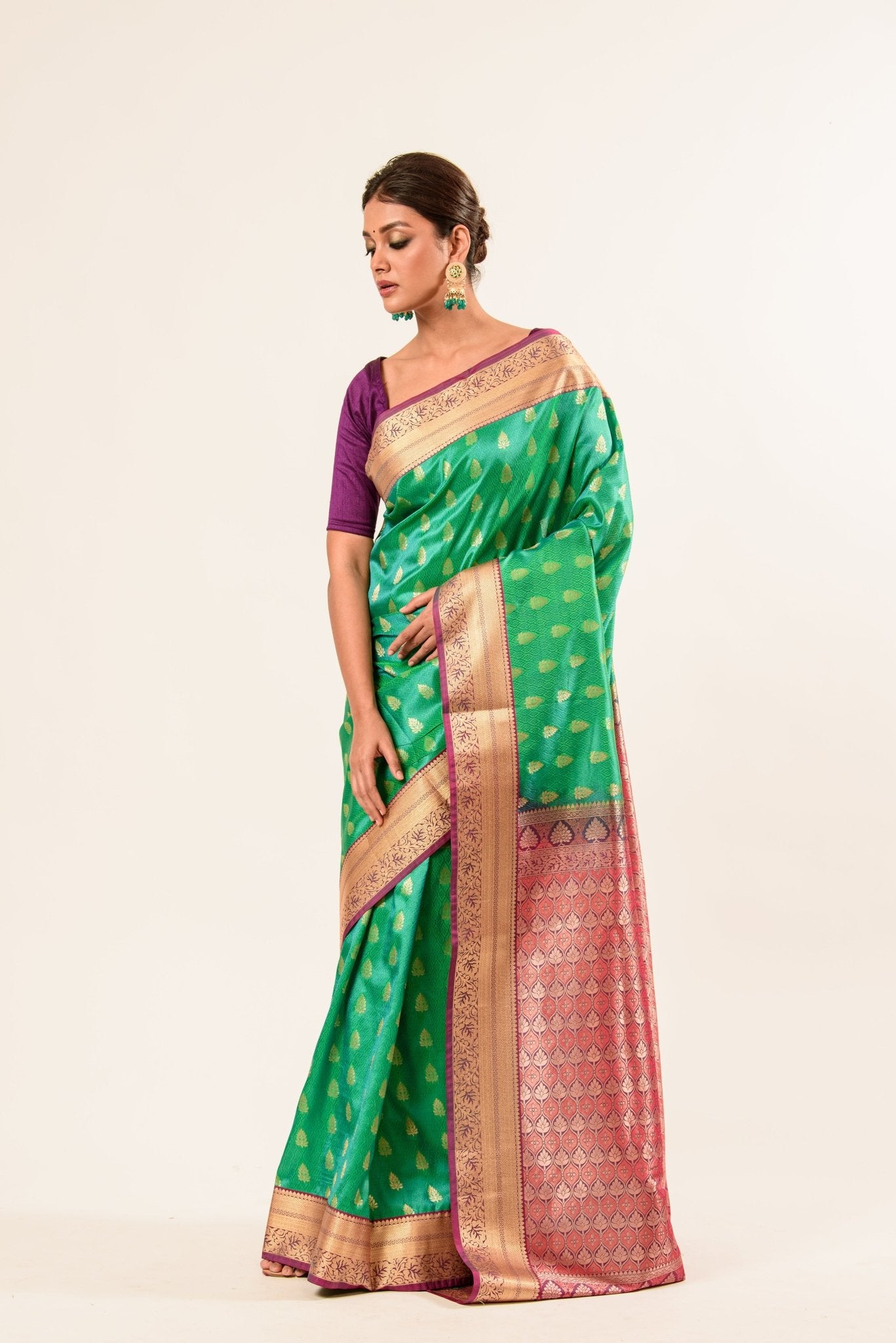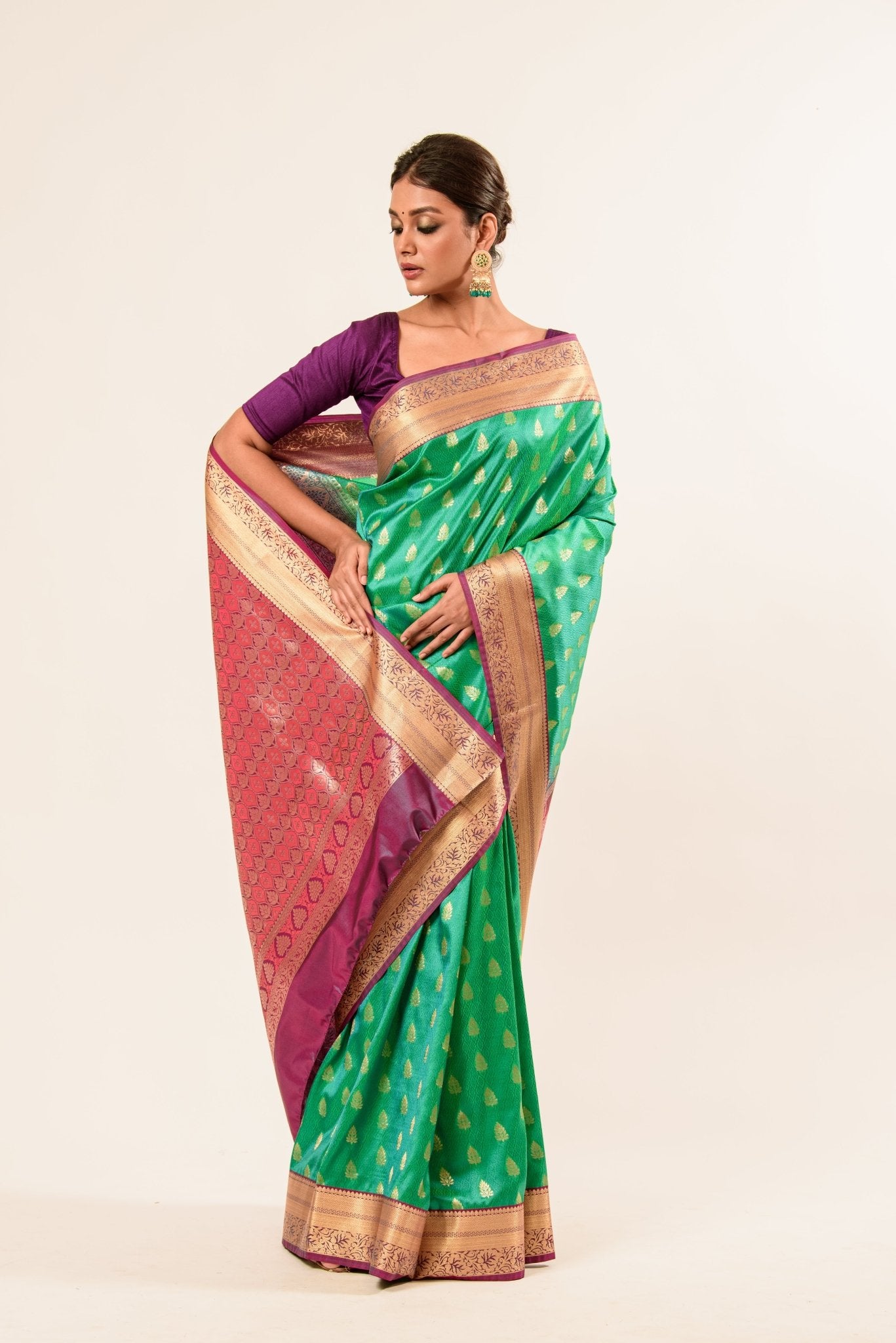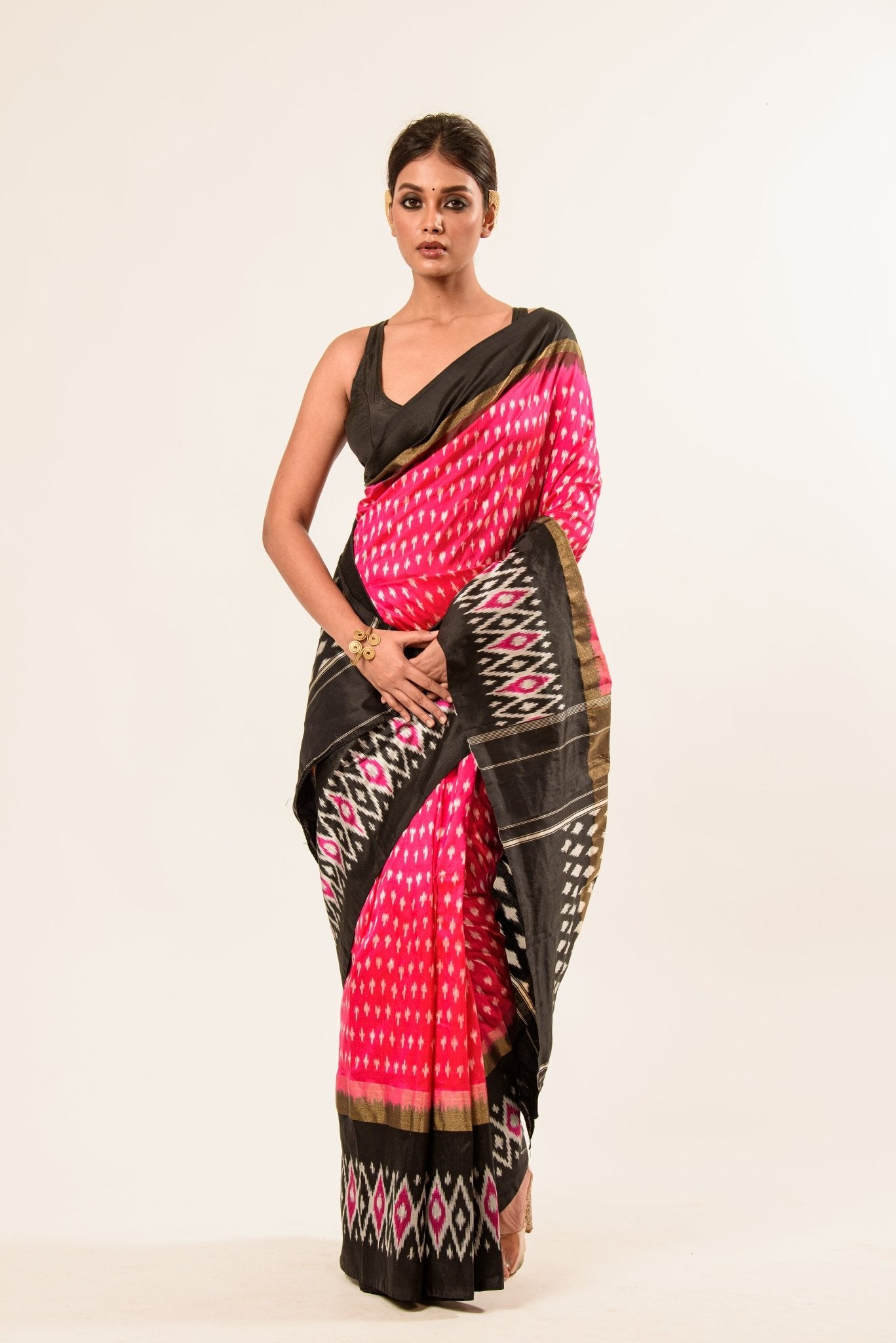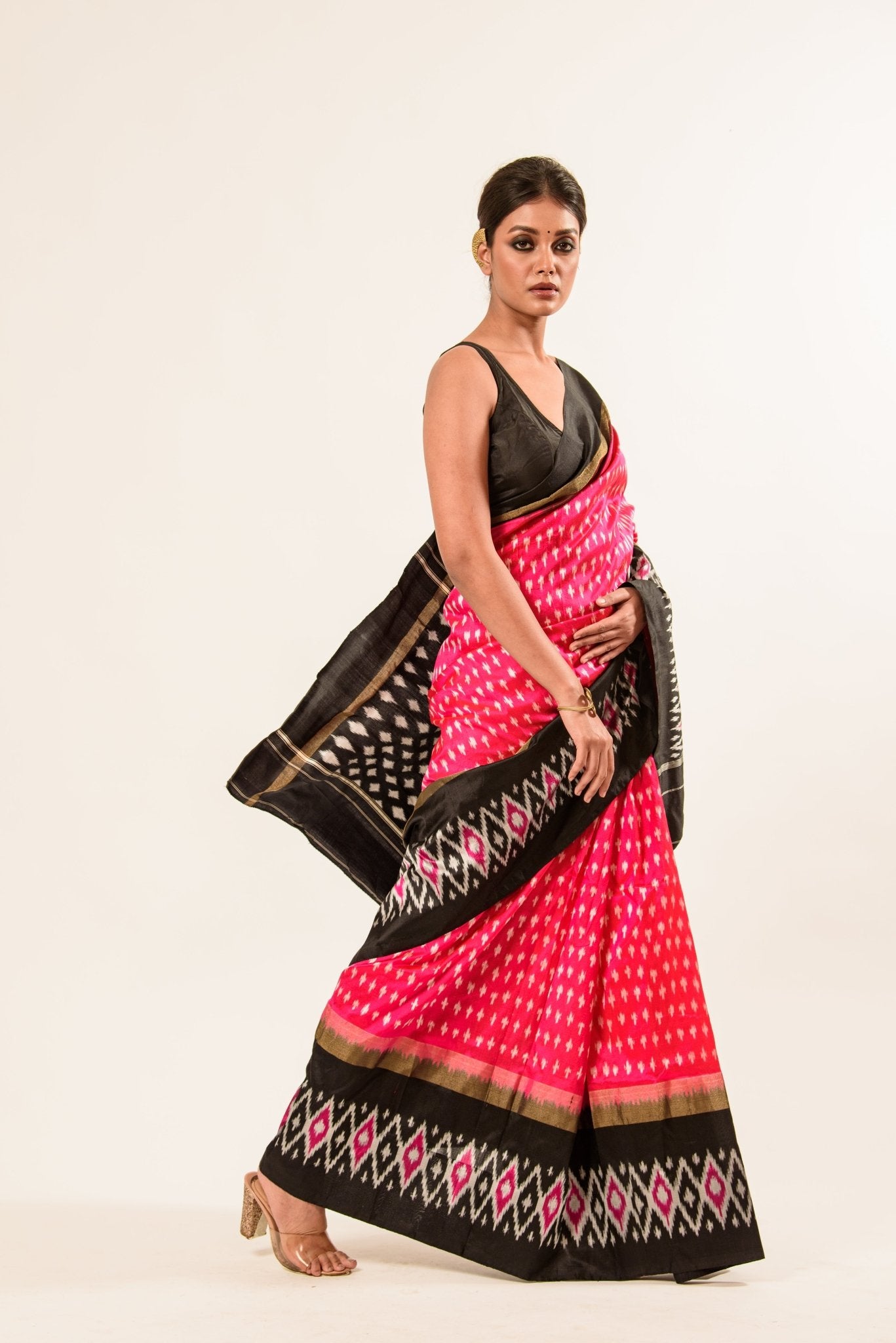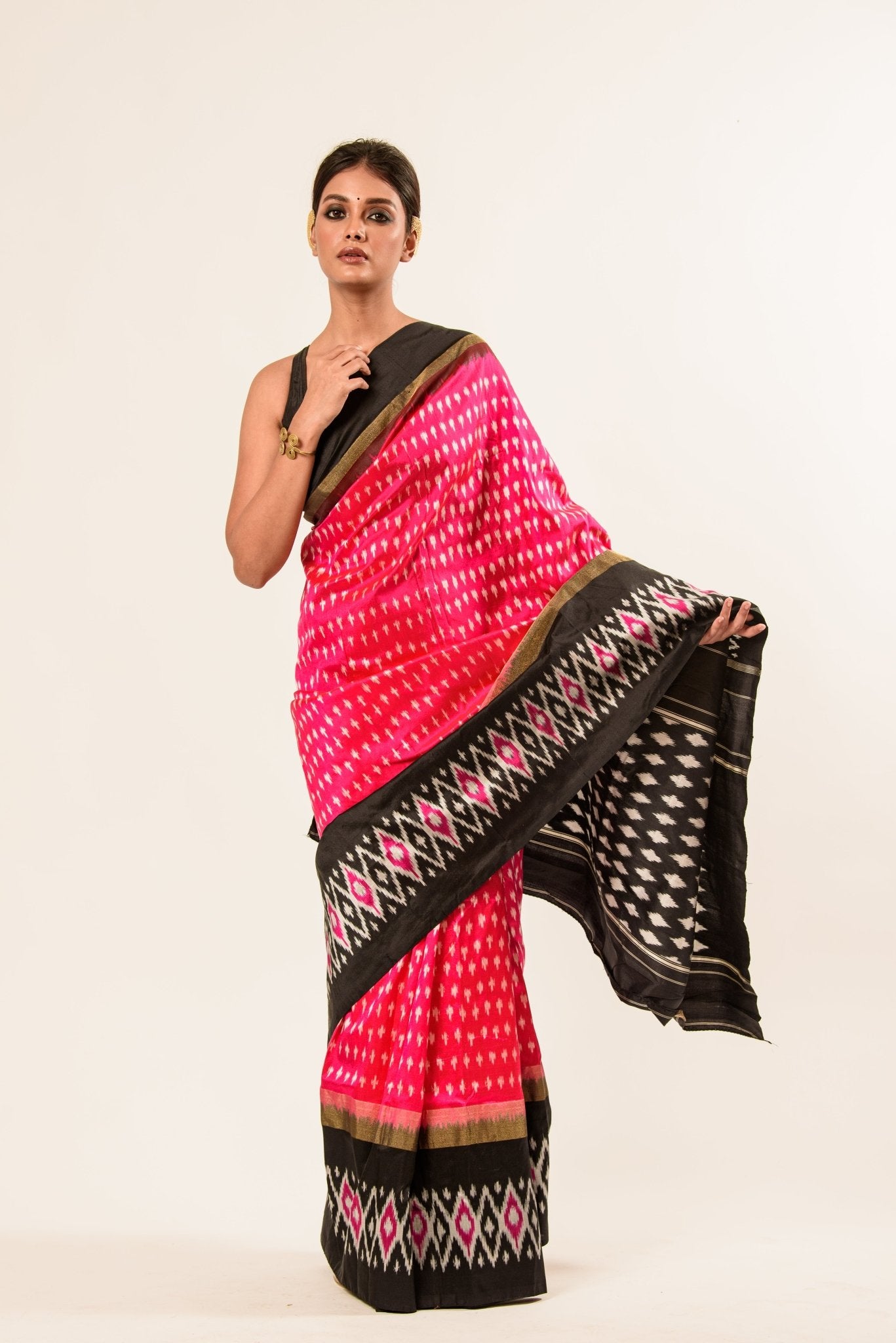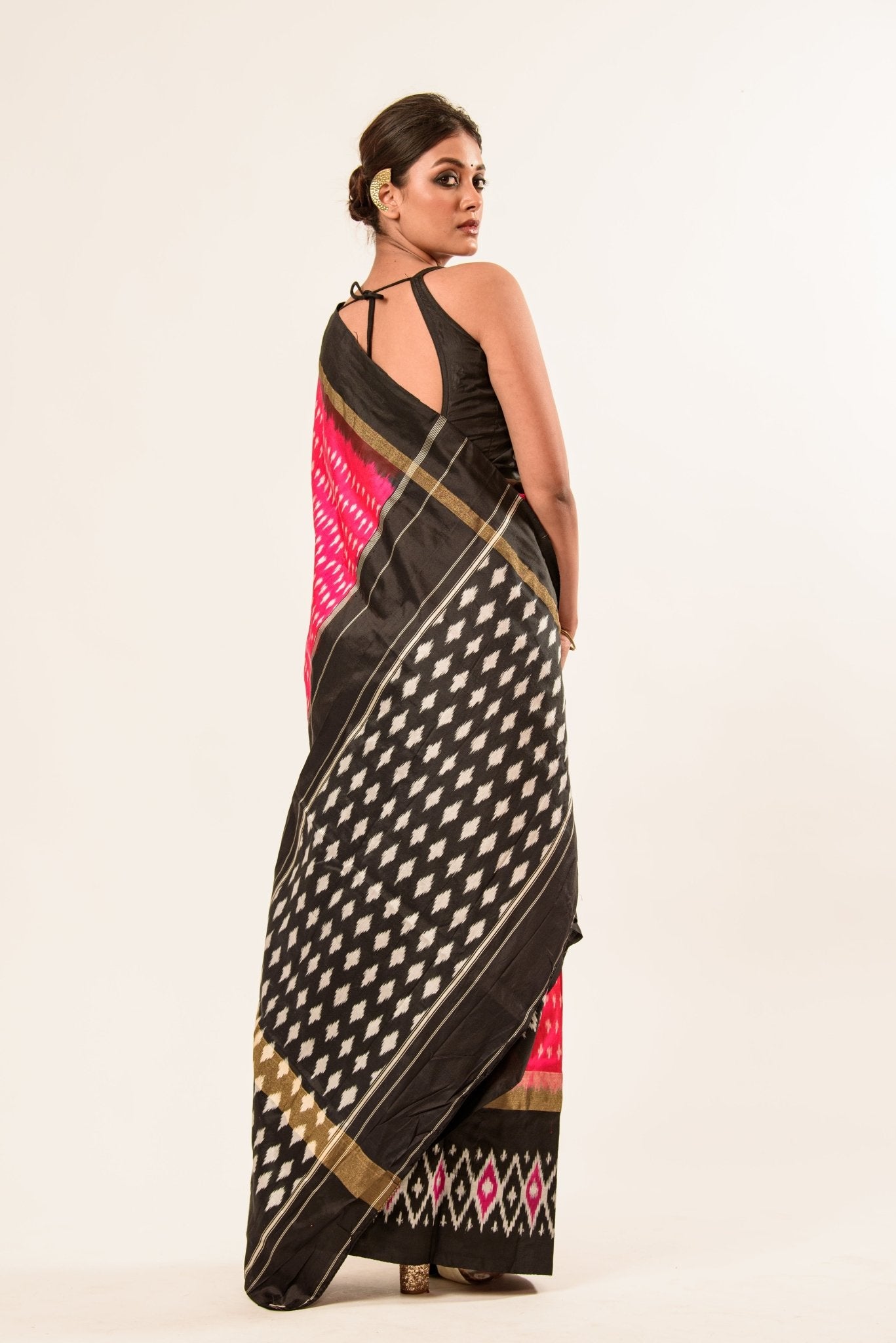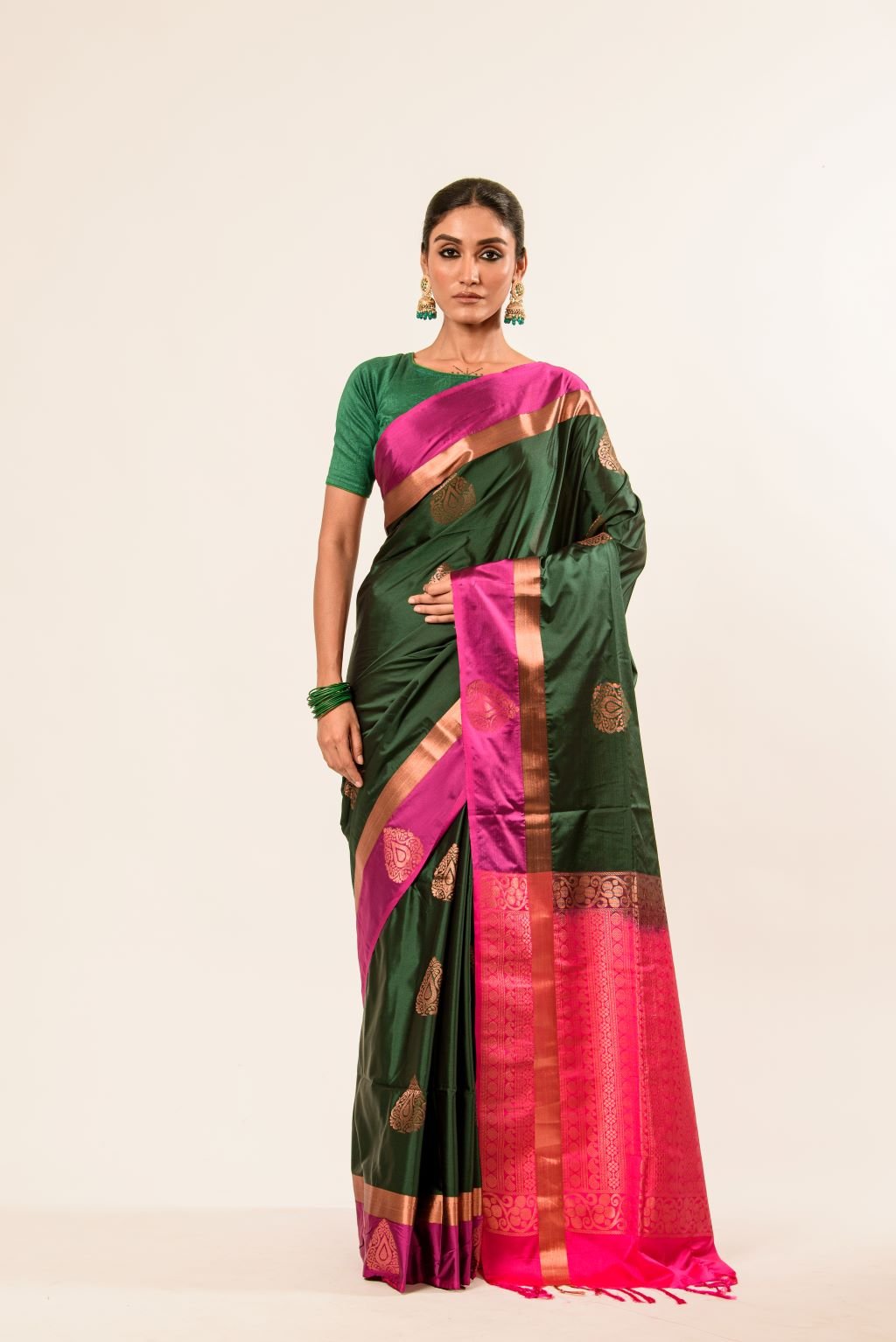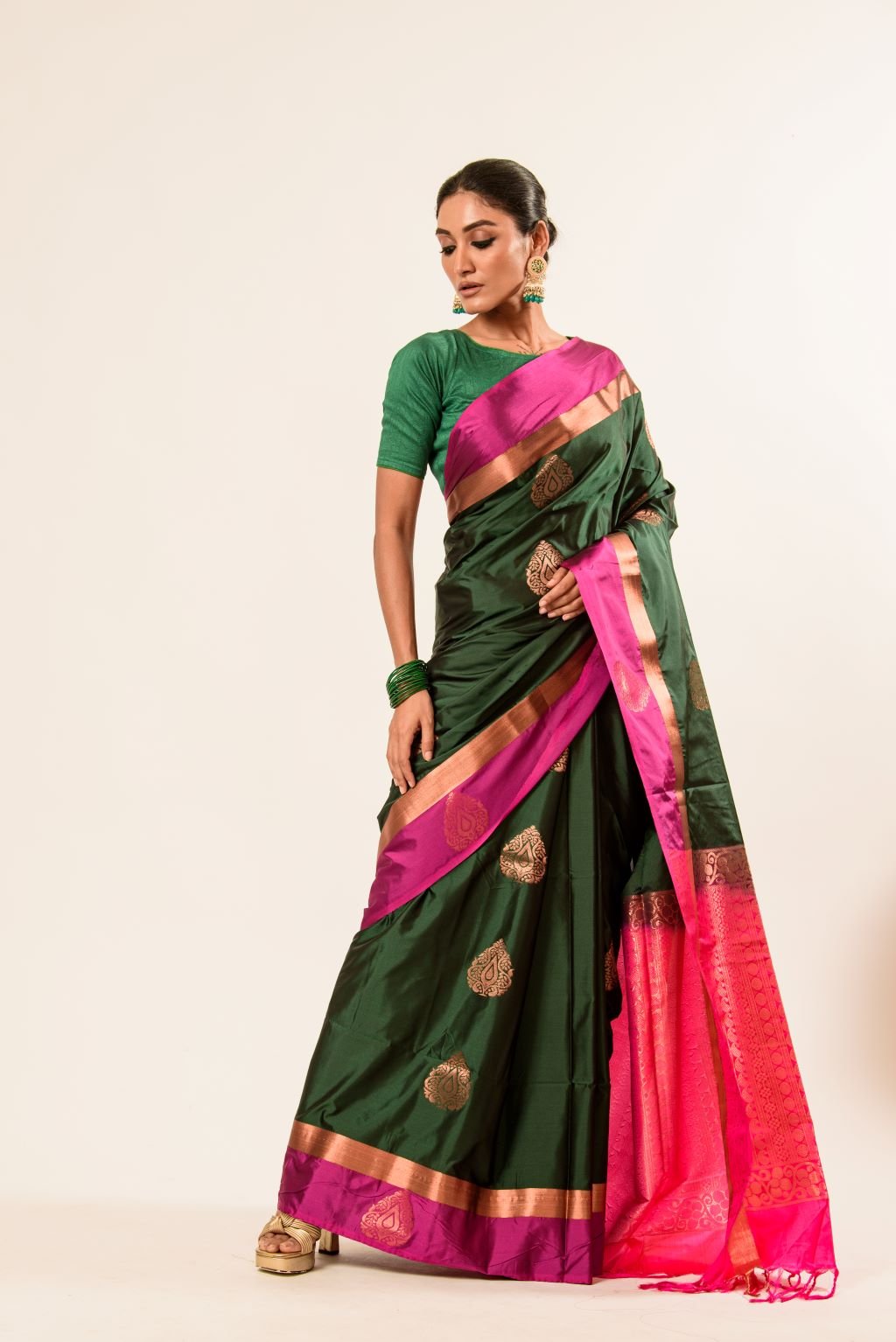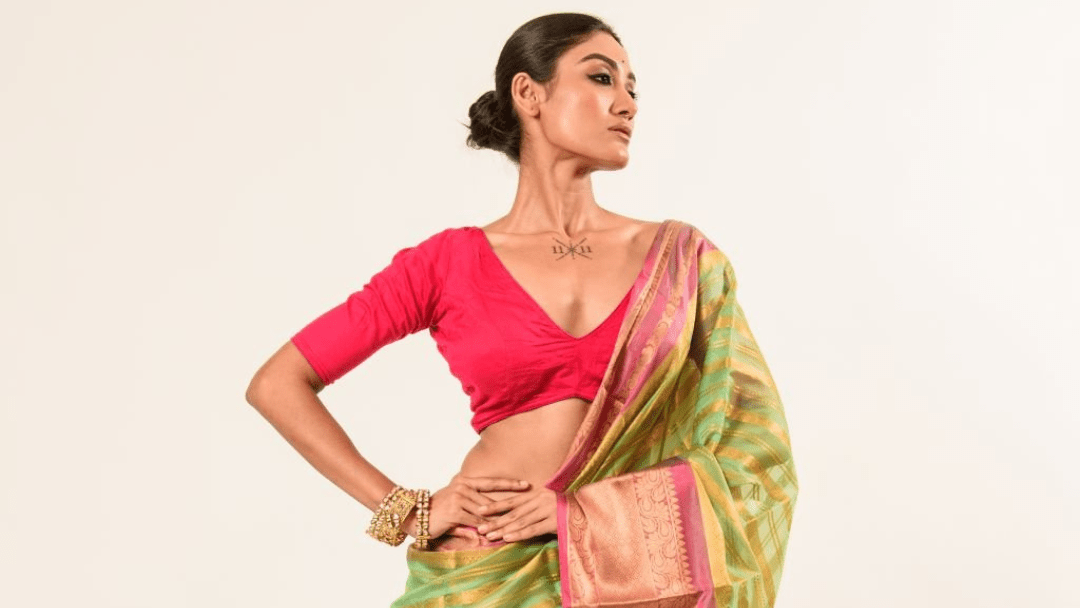The majority of people in North India, particularly in Madhya Pradesh, Uttar Pradesh, Bihar, and Rajasthan, celebrate Hariyali Teej, a festive monsoon festival. It is celebrated in honor of Goddess Parvati and honors her marriage to Lord Shiva. Married women keep fasts and conduct rituals seeking the long life and prosperity of their husbands, and even unmarried girls participate in the hope of getting a loving husband. Among the numerous rituals attached to Hariyali Teej, green clothes carry deep cultural and spiritual import.
Symbolism of the Colour Green
The term Hariyali itself translates to greenness or verdure, a nod to the monsoon season when nature comes alive. Green is also thought of as the color of life, fertility, rebirth, and bliss—themes which align well with the essence of Teej.
Green also has a connection in Indian culture with the heart chakra, which represents love and compassion. Through Hariyali Teej, the green dress reflects the love of Lord Shiva and Goddess Parvati—a heavenly match based on patience, devotion, and harmony.

Cultural Tradition and Unity
Wearing green is also an eye-catching symbol of festivity and community. The streets and temples are crowded with women dressed in different hues of green, ranging from emerald and olive to mint and parrot. There is a feeling of solidarity and celebration, as women unite to sing folk songs, dance in swings, get mehendi applied, and give gifts.

A Sign of Prosperity and Good Luck
Green is a lucky color that attracts prosperity and good fortune in most Indian cultures. It is considered to bring harmony to married life, solidify the husband-wife relationship, and welcome blessings for a bountiful future. Due to this reason, the newlywed women are usually given green bangles, sarees, and dupattas by their in-laws to adorn on this day.

Green in Contemporary Teej Fashion
While green sarees and lehengas are still a favorite, modern adaptations feature fusion wear, designer sarees, and sophisticated Indo-western wear in shades of green. From light green chiffon sarees with gota patti work to silk suits with embroidery and pale green Anarkalis, there's an entire range of green outfits blending tradition with fashion. Green glass bangles, meenakari jewelry, and floral hair accessories add the finishing touches.

Conclusion
Green during Hariyali Teej is much more than a tradition—it's a celebration of womanhood, love, and nature. It's a tribute to the sacred love tale of Shiva and Parvati, the harmony of the monsoon with fertility and freshness, and a celebratory coming together of women in joyful unison. Whether you opt for a traditional green saree or a contemporary outfit, dressing in this sacred hue gives your Teej celebrations a higher purpose and greater beauty.
Shop Sarees By Colour
|
Saree Color |
Ideal Occasion |
|
Weddings, Engagements, Karva Chauth, Festivals |
|
|
Mehndi Ceremonies, Traditional Puja, Eco-themed Events |
|
|
Contemporary Gatherings, Office Parties, Subtle Elegance for Day or Night |
|
|
Haldi Ceremonies, Daytime Functions, Spring Events |
|
|
Baby Showers, Birthday Parties, Romantic Dinners |
|
|
Evening Parties, Corporate Events, Receptions |
|
|
Temple Visits, Traditional Ceremonies, Peaceful Gatherings |
|
|
Cocktail Parties, Formal Events, New Year Celebrations |
|
|
Navratri, Religious Events, Cultural Gatherings |
|
|
Engagements, Festive Celebrations, Theme Parties |
|
|
Summer Weddings, Brunches, Casual Daytime Gatherings |

